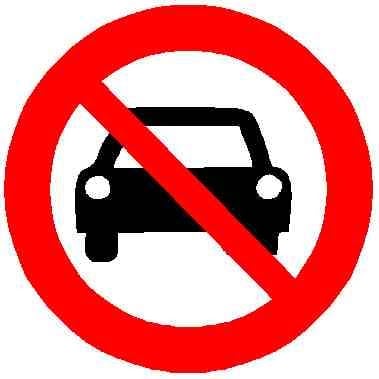

The US of the 1930s is just as foreign of a country as China or Japan today, if not more so. You overestimate the ability of car manufacturers to generate political will. This is a societal-level breakdown in trust in political institutions that goes way beyond transit issues. There are millions of Americans who want nothing more than to burn their government to the ground and rebuild it in their own image. Watch some YouTube videos of city council meetings over almost any issue and you’ll see people who look like they need to be restrained before they pull each other’s hair out.






High density isn’t the only alternative to suburbia. Walkable villages — the way people lived pretty much everywhere in Europe outside of Paris, London, Berlin etc. — are not suburbs but they’re also not high density apartment blocks.
The difference between a village and suburbia is specialization. Suburbia is specialized to housing only whereas a village is a self-contained community with both housing, small businesses, an industry or two, and surrounding wilderness as well as agricultural land.
Villages are not sprawling, they’re fairly small, and they’re connected into a network of other villages as well as larger towns and cities. In the past, this connection was via a road network (usually unpaved dirt roads for walking or horses, but some cobblestone roads too). Today this connection could be via train and even high speed train.
The real problem though is that we can’t just start over. We’re stuck with the infrastructure and planning choices we already made.